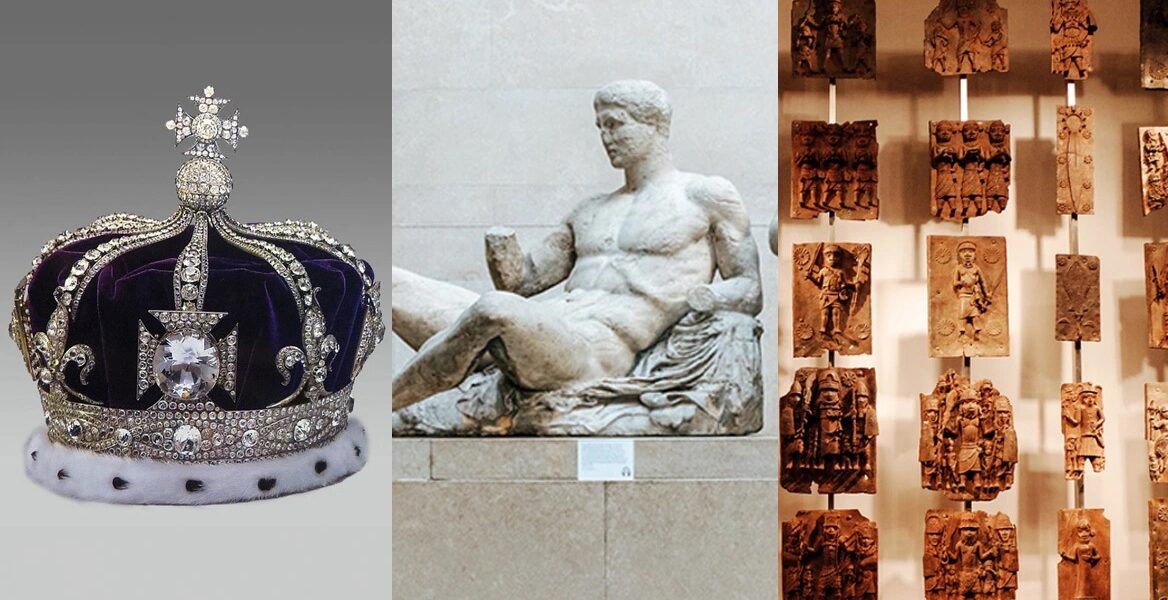Deliberate and with clear personal political goals, it seems that it is British Prime Minister Rishi Sunak's stance against the repatriation of illegally exported cultural treasures that led to the unprovoked and unprecedented cancellation of his meeting with his Greek counterpart, Kyriakos Mitsotakis, on the occasion of his reference to the permanent Greek request for the reunification of the Parthenon Sculptures, in Athens.
The Parthenon Sculptures in the British Museum
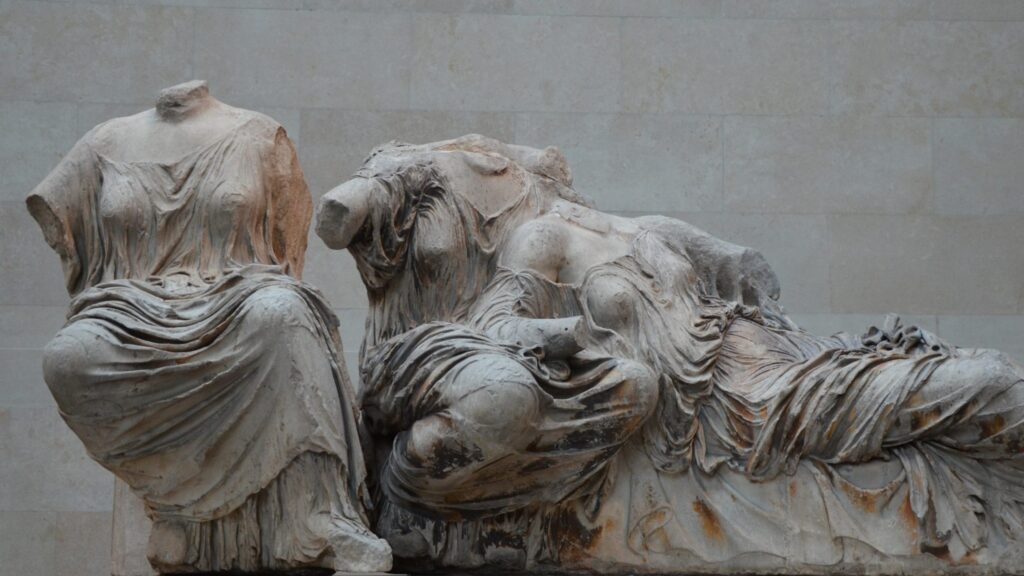
It is not only Greece that has been demanding, for decades, the return to the homeland of the sculptural masterpieces of the Parthenon looted and stolen by Lord Elgin, but also several other countries that have expressed similar requests from time to time, in most of these, however, the British Prime Minister appears directly opposed, even publicly exposing the administrations of the British museums who hold related discussions in a positive atmosphere and disappointing UNESCO, which, in an attempt to resolve the conflicts, brought back, in 2021, the issue of the repatriation of the Sculptures of the Parthenon, in an intergovernmental nature which means that if there is a political will, "justice" can be immediately satisfied, as the Greek request has repeatedly characterised it.
Especially after the revelation of the recent major theft scandal at the British Museum, about which Rishi Sunak kept a potent silent, the pressure for the repatriation of precious artefacts - a move with which the world public opinion is drawn up but also more than 50/% of British citizens - have intensified as never before. Confronted by these pressures, the British Prime Minister is attempting to defend himself by using an essentially global cultural issue as a show of strength.
India's Royal Crown Jewel and Amaravati Sculptures

Rishi Sunak seems indifferent even to demands for the return of cultural treasures of India, where he hails from. These include the Amaravati Sculptures, a series of 120 sculptures and inscriptions housed in the British Museum from the Great Temple of Amaravati, founded around 200 BC. and was one of the oldest, largest and most important Buddhist monuments in ancient India. These sculptural artifacts consist of carved relief panels showing narrative scenes from the life of the Buddha, as well as Buddhist emblems and symbols.
From India also comes the famous Koh-I-Noor diamond, one of the largest and oldest internationally, which adorned the impressive crown of Queen Elizabeth at the point of the cross. The 105-carat diamond said to have been mined in India between the 12th and 14th centuries and weighing 793 carats before it was cut, was confiscated by the British East India Company after its victory in the Second Anglo-Sikh War in 1849, given to Queen Victoria and since then it has been part of the jewellery collection of the Royal Family of England.
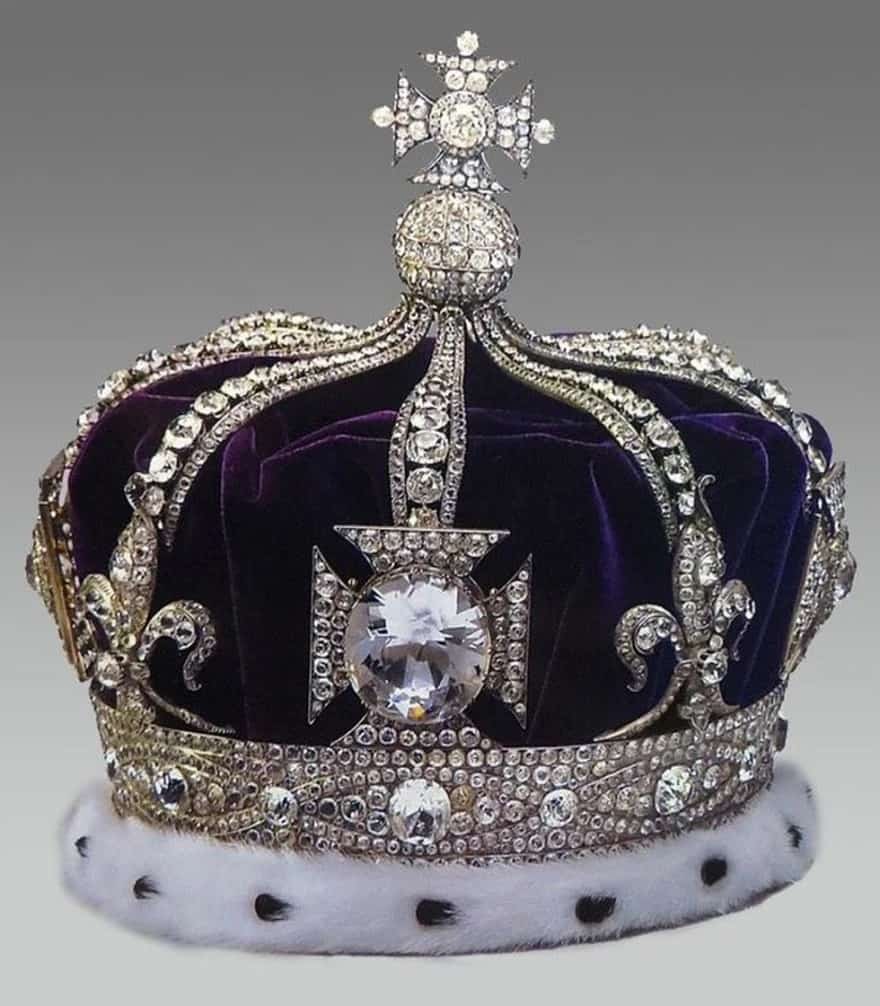
After the death of Queen Elizabeth, the voices for the return of the ultra-precious diamond grew stronger, and this was probably the reason why, during the official coronation ceremony of the new King Charles, the particular jewel was not used but remained in the Jewel House, in the Tower of London, where can be admired by the global audience.
However, the case of repatriation of the Koh-I-Noor diamond, which means "Mountain of Light", is quite complex as, because it changed hands many times in the distant past, it is claimed not only by India but also by other countries, including Pakistan, Iran, Bangladesh and Afghanistan.
The Benin Bronzes from Nigeria
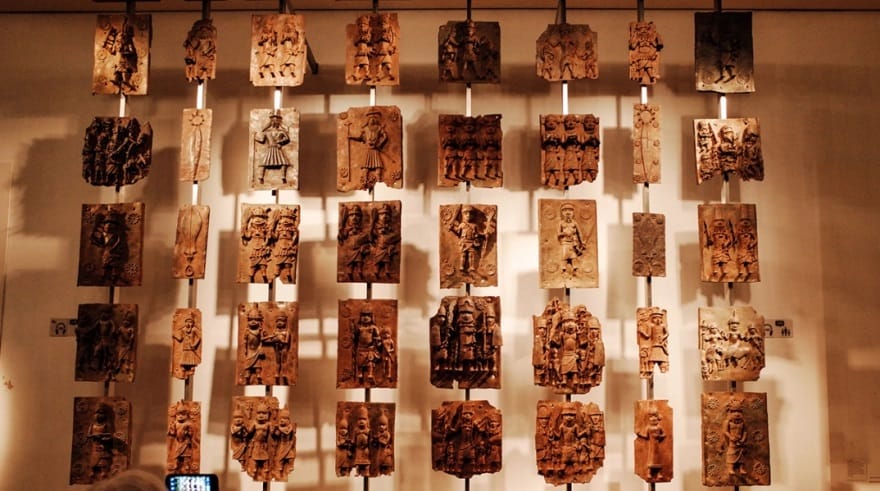
Several of Africa's most important artefacts, the Benin Bronzes, the famous sculptures dating from the 13th to the 16th centuries that adorned Nigeria's once royal palace, are also found in England, the most significant part of them in the British Museum. British troops destroyed the Kingdom of Benin in 1987, looting and seizing around 200 copper plates and 900 other valuables, which they then sold.
Although the British Museum has recognised that these are acquisitions of aggressive expansion of the colonial power, it is positive only in the possibility of their loan and not their repatriation, as Nigeria has been asking for years. In contrast, in August 2022, another English museum, which is not legally bound by the management of its collections, returned 72 pieces of Benin Bronzes that it held in its collections, recognising that these were objects obtained by force and passing at the same time a resounding global message.
Egypt's Rosetta Stone
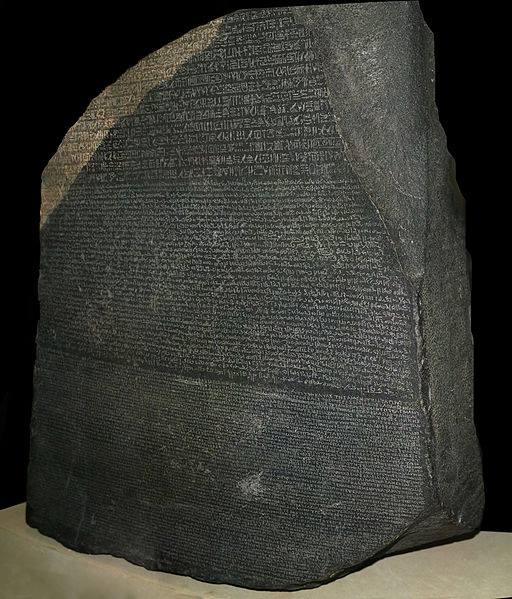
Egypt is also among the countries claiming the return of cultural property from Britain. In this case, the bone of contention is the Rosetta Stone, a stone slab of granodiorite that dates back to the 2nd century BC, comes from the temple of Ptolemy V Epiphanius and bears an engraved inscription in Egyptian and Greek language and is the key to deciphering the hieroglyphs. The precious column was seized by Napoleon Bonaparte in 1799 and then stolen by the British Empire in 1801 after its victory over the French.
And in this case, this is an essential cultural object acquired through looting. Nevertheless, the British Museum, where it is exhibited, invokes the signature of an Ottoman admiral in the treaty of 1801, who allegedly cooperated with the British and represented Egypt during the reign of the Ottoman Sultan.
China's cultural relics
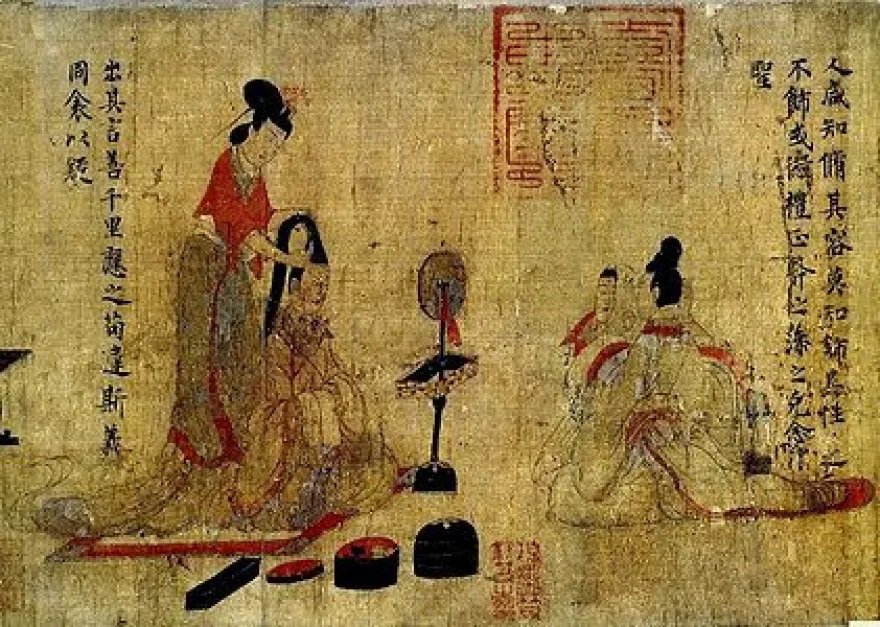
However, especially after the revelation of the grand theft in the British Museum, the request to China to repatriate the more than 20,000 objects of Chinese history and culture in it has been raised. Among them is the narrative painting, painted on silk, "Admonitions of the Instructor to the Court Ladies", which dates between 400 and 700 AD and is regarded as one of the top masterpieces of Chinese culture.
At the same time, the British Museum's collection also includes statues, scrolls and other valuable national treasures, the vast majority of which were looted and stolen by the British during the "bloody, ugly and shameful its colonial history," as has been characteristically written in the Chinese media.
READ MORE: Rare Statues of Heracles and Hippocrates Unearthed in Saudi Arabian City of Al-Faw.

